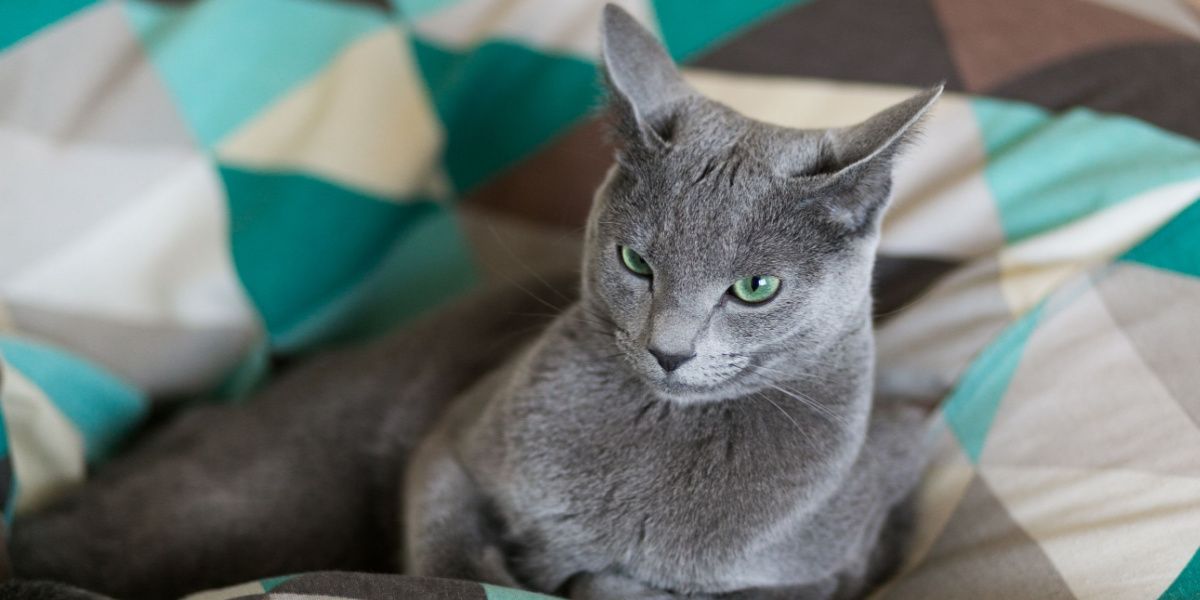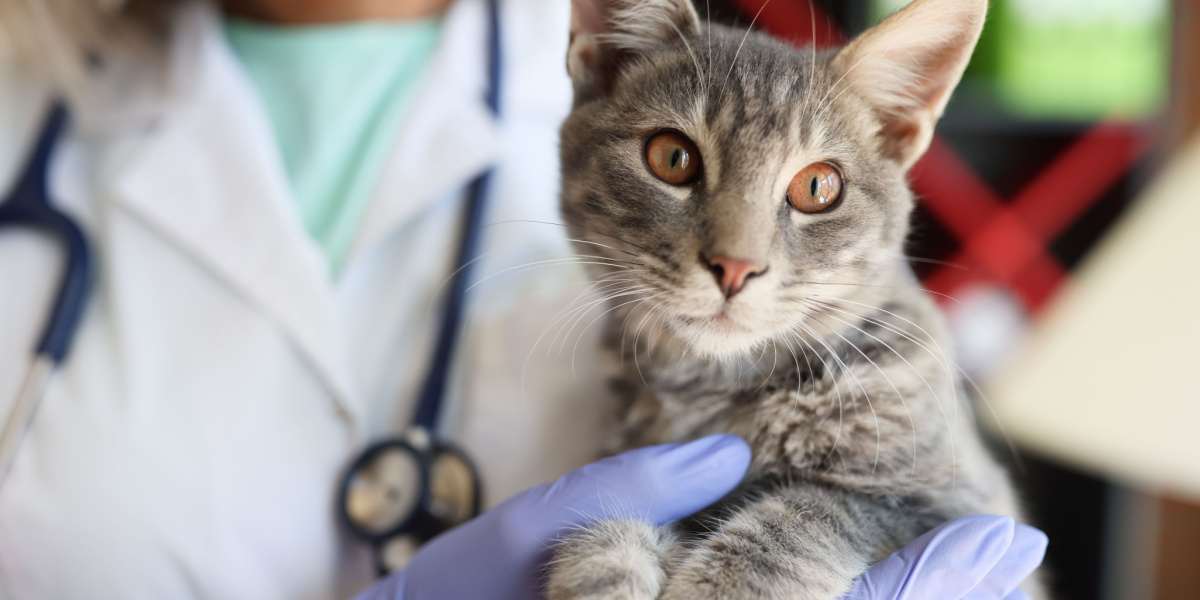
Irina Borodovskaya / Shutterstock.com
Quick Overview: Nasopharyngeal Polyps in Cats
 Other Names: Feline inflammatory polyps, pharyngeal polyps, feline nasopharyngeal polyps, nasal polyps
Other Names: Feline inflammatory polyps, pharyngeal polyps, feline nasopharyngeal polyps, nasal polyps
 Common Symptoms: Sneezing, upper respiratory noises, difficulty breathing, nasal discharge
Common Symptoms: Sneezing, upper respiratory noises, difficulty breathing, nasal discharge
 Requires Ongoing Medication: Not generally
Requires Ongoing Medication: Not generally
 Vaccine Available: No
Vaccine Available: No
 Treatment Options: Surgery in most cases
Treatment Options: Surgery in most cases
 Home Treatment: Post-operative care, giving medication, encouraging to eat, reducing inflammation
Home Treatment: Post-operative care, giving medication, encouraging to eat, reducing inflammation
Nasopharyngeal polyps in cats are benign (non-cancerous), inflammatory masses in the ears or throat. They usually occur in kittens under a year old—of any breed or gender. The appearance of a polyp in a cat’s ear usually originates in the middle ear cavity or eustachian tube. From there, they can travel to the external ear canal (aural polyps) or the nasopharynx and appear at the back of the throat (nasopharyngeal polyps) or both.
Nasopharyngeal polyps cause symptoms related to upper respiratory disease, while aural polyps cause symptoms similar to an ear infection (otitis externa). In this article, we’ll mainly focus on nasopharyngeal polyps, including the symptoms, treatments available, and the prognosis of cats with polyps.
Causes of Nasopharyngeal Polyps in Cats
Nasopharyngeal polyps are common in kittens but can occur in cats of any age. The exact cause of polyps is relatively unknown and poorly understood. There are a few theories, but it’s generally believed that chronic inflammation can lead to the development of nasopharyngeal and aural polyps. Chronic inflammation can occur due to infections, viruses, or injury.
In particular, it’s thought that polyps may occur in response to:[1]
- Chronic upper respiratory infection: Upper respiratory tract infections due to viruses such as feline herpesvirus or feline calicivirus are likely to cause chronic inflammation and irritation, which could lead to polyp formation.
- Chronic otitis media: Chronic ear infections due to bacteria or mites can cause chronic inflammation in the ear and cause damage to the eardrum, potentially triggering polyp growth.
- Ascending infection from the nasopharynx: Any bacteria that travels and causes an infection, can lead to local inflammation.
- Congenital (pre-birth) origin: Some believe that polyps are growths that are from remnants of the branchial arches.[2]
Symptoms of Nasopharyngeal Polyps in Cats
It’s important to know how to recognize the symptoms in our cats. Polyps cause different symptoms according to their location.
Polyps in the throat cause symptoms related to the upper respiratory tract. These include:
- Nasal discharge
- Snoring/stridor (harsh noise when breathing)
- Sneezing
- Difficulty breathing (dyspnea)
- Weight loss
- Difficulty eating
- Gagging
- Voice changes
Symptoms of polyps in a cat’s ear may include:
- Ear scratching
- Head shaking
- Head tilt
- Ear discharge
- Painful ears
- Loss of balance
- Nystagmus (abnormal eye movements)
- Ataxia (wobbly uncoordinated walking)
These are the main symptoms that are seen with polyps, but they don’t always create such an impact. It’s possible that some cats with polyps may go undiagnosed for years. I’ve seen a few middle-aged and senior cats who have lived with a polyp for a long time without apparent problems.
Complications of Having Nasopharyngeal Polyps

A cat with an infected polyp may have odorous discharge from the nose or ears. They may show signs of being unwell, such as a fever, lethargy, and a poor appetite. Beekawa / Shutterstock.com
Occasionally, polyps grow quite large in size. These larger polyps can cause upper airway obstruction and severe difficulty in breathing. They are also more likely to get infected, which can make the cat very ill and impact their body weight and general health.
Diagnosis of Nasopharyngeal Polyps in Cats
If your cat has symptoms of a polyp, schedule a check-up with your veterinarian as soon as you can. Your vet will take a full history from you about your cat’s symptoms and examine them. They may recommend running routine blood work along with a test for feline leukemia virus and feline immunodeficiency virus. This is because chronic viral infections may cause chronic inflammation and immunosuppression, which could potentially predispose to polyp formation.
To diagnose a nasopharyngeal polyp in the throat, your vet will examine your cat’s upper airway to check behind their soft palate. This requires sedation or a general anesthetic. From this procedure, they may be able to see the polyp. If not, they may perform further imaging, such as x-rays, computed tomography (CT), rhinoscopy, or magnetic resonance imaging (MRI). An aural polyp in the ear may be visible on examination with a special tool called an otoscope or it may require further imaging as well.
Your vet will likely diagnose a polyp based on the appearance of the mass and its location, along with clinical signs. If they’re suspicious of other conditions, such as cancer, they may recommend a biopsy sample of the mass.
Treatments for Nasopharyngeal Polyps in Cats
The main treatment for a polyp is surgical removal under general anesthesia. The aim of the surgery is to remove as much of the polyp as possible. This is difficult because polyps originate in the highly delicate middle ear canal, so it’s almost impossible to remove them completely.
Polyps can be removed using a couple different techniques. Traction-avulsion is where the vet removes as much of the polyp as possible by gently pulling it out with a forceps. The recurrence rate with this technique is about 50%.[2] Ventral bulla osteotomy (VBO) is where the vet surgically removes the polyp root and any inflammatory tissue. VBO significantly reduces the risk of the polyp returning, with a recurrence rate of only 2%.[3]
Both techniques have post-operative risks that your vet will discuss with you. These may include Horner’s syndrome, bleeding, nerve damage, and otitis interna (inner ear infection). Your cat will likely be on pain relief and potentially antibiotics after the procedure.
The alternative to surgery is medical management, which in my experience, isn’t very successful. Anti-inflammatory medication can reduce some inflammation but won’t resolve the polyp.
The prognosis for a polyp in a cat’s ear is very good. They are benign (non-cancerous) masses, and multiple treatment options are available. Cats that have had polyps can go on to lead a normal and long life.
Cat Care Tips
It can be a worrying time if your cat has recently been diagnosed or treated for a polyp. Try these cat care tips for making things more comfortable for your cat.
- Stick to their medication schedule: If your cat has recently had surgery, you’ll likely receive medication to administer at home. Your vet may also dispense treatment to help reduce the inflammation before surgery. Administer their medications at the correct time and don’t miss any doses—consistency will help them get better sooner.
- Special care in the postoperative period: Cats that have had surgery need to rest and recover for 10–14 days afterward. They may be wearing a cone or have stitches depending on the procedure they had. Follow your vet’s instructions and contact them if you’re concerned.
- Encourage them to eat: If your cat has a polyp or has just had surgery, it may be difficult for them to eat. Nasopharyngeal polyps grow at the back of the mouth and can cause congestion or difficulty breathing. Wet food may be the best option during this time. You can warm it up slightly, mix in extra water or sodium-free broth, and add treats.
Prevention of Nasopharyngeal Polyps in Cats

Regular check-ups can help detect potential problems early when they are easier to manage. megaflopp / Shutterstock.com
There are no known preventions for nasopharyngeal polyps in cats, but there are some ways to keep our cats healthy and prevent infection or inflammation.
- Keep your cat’s vaccinations up to date: Vaccinations will help protect cats against feline leukemia virus and upper respiratory tract viruses, which could cause chronic inflammation.
- Feed your cat a high-quality diet: Cats are obligate carnivores who require special nutrients. Feed your cat high-quality, complete cat food to keep them in optimum health. Always provide ample amounts of fresh water.
- Keep your cat active and at a healthy weight: Regular activity and maintaining a healthy weight will help your cat stay healthy and in shape for many years to come.
- Regular veterinary visits: Trips to the vet are crucial in preventing infection and inflammation. Take your cat to the vet for annual check-ups and whenever they’re unwell. Infections should be treated promptly to prevent them from getting more severe.
Frequently Asked Questions
Can a cat live with nasal polyps?
Cats can live with nasal polyps but they can cause difficulty breathing, sneezing, nasal discharge, and congestion. They should be removed to improve your cat’s quality of life and comfort level.
What are the symptoms of nasopharyngeal polyps in cats?
Nasopharyngeal polyps can cause sneezing, nasal discharge, upper respiratory noise, difficulty breathing, and voice change. In severe cases, they can cause weight loss and upper airway obstruction.
Are nasal polyps cancerous in cats?
No, nasal polyps are benign masses that occur in young cats. However, they need to be distinguished from cancerous masses so your vet may perform further testing such as x-rays, CT scan, or biopsy to confirm this.
How do you get rid of nasopharyngeal polyps in cats?
Nasopharyngeal polyps are removed surgically. This can be done by gently pulling out the polyp (traction-avulsion technique) or operating directly on the ear canal to remove the root of the polyp (ventral bull osteotomy technique).
How do you treat nasopharyngeal polyps in cats?
Polyps are treated with surgery because medical management is rarely successful. Surgery aims to remove the polyp and prevent reoccurrence if possible.
-
Simon T. Kudnig BVSc MVS MACVSc. Nasopharyngeal polyps in cats. Clinical Techniques in Small Animal Practice. 2002;17(4):174-177. doi:10.1053/svms.2002.36602
-
Lisa D Schmidt. Feline inflammatory aural (nasopharyngeal) polyps. VetScript. Published online November 2019.
-
D. Michael Tillson DVM MS DACVS, Kristyn E. Donnelly DVM. Feline Inflammatory Polyps and Ventral Bulla Osteotomy. VETFolio. Published March 2019.








Your auto-correct substituted the word “Treasurer” for my word “Tresaderm” – which is the name of the prescription used to limit the growth of the polyps.
M. Linehan
Hi Maxene! Thanks for noticing that. I’ll go ahead and edit your comment. – Mallory
Our adult male cat was diagnosed with ear polyps years ago. The vet said radical surgery was necessary to remove them. We got a second opinion from a different vet who prescribed Tresaderm eardrops. This method was successful in shrinking the polyps but had to be retreated weekly with drops as a chronic condition.